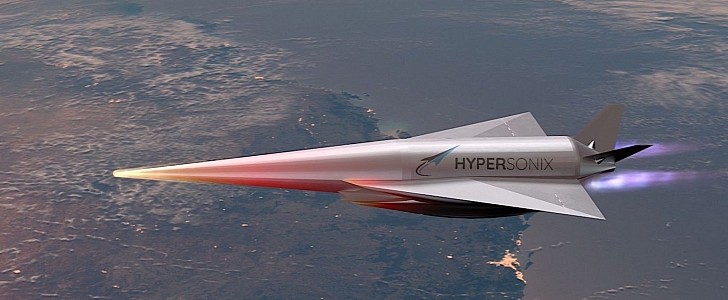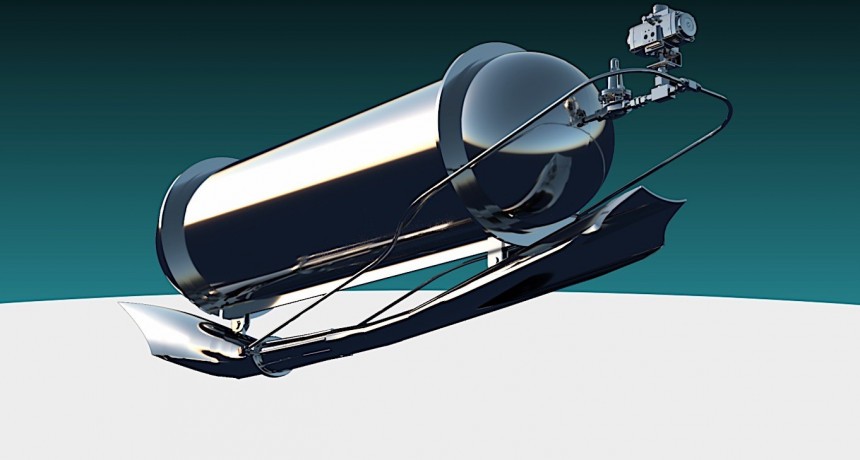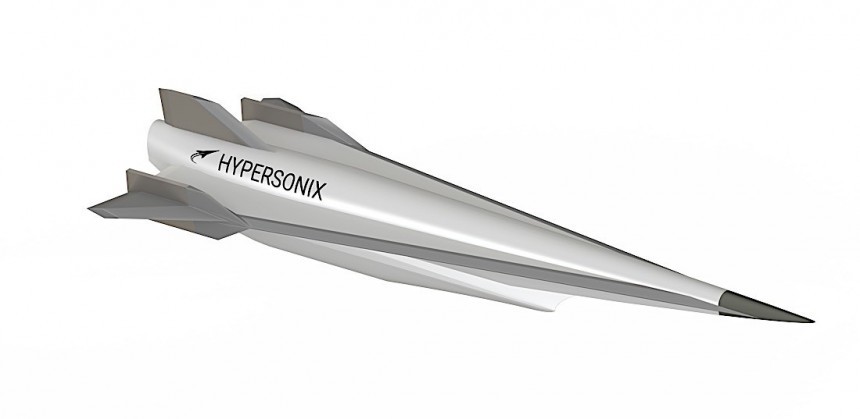In the span of just ten years or so, the American space industry changed completely. The U.S. government, through NASA, went from the Space Shuttle to reusable rockets it had no saying in designing, and everything seems to be booming.
SpaceX, and as soon as it gets its hands on some NASA contract Blue Origin, have brought private companies on the front line of space exploration, and they’ll probably not stop in Earth’s orbit. The Moon is next on the list, and from there the place most of us here dream of claiming in the name of mankind: Mars.
So far, only one of the two companies is actively working on a piece of hardware that could make a trip to Mars possible: Elon Musk’s SpaceX. The hardware is called Starship, and it’s expected to make its first orbital flight as soon as this year.
Although the SpaceX technologies have revolutionized the industry, bringing reusable rockets to the table, they still remain traditional in the sense that they use conventional rocket fuel. And burning that has been known to cause some incredibly harmful side effects for the environment.
SpaceX’s last successful Starship launch, SN15, for instance, coughed in the atmosphere 358 tons of CO2 by burning methane and liquid oxygen, according to Everyday Astronaut. The same source says the Starship Super Heavy, the one that could open the path to Mars, will release 2,683 tons of CO2, making it by far the most polluting of spacecraft analyzed (list included Soyuz FG, Falcon 9, Delta IV Heavy, and the Space Shuttle, among others).
Even if in smaller levels, all rockets release CO2. They also spit out water vapor, soot, nitrogen oxides, and even chlorine in various degrees. But what if we told you there’s a piece of tech in development whose emissions would read zero across the board?
An Australian company called Hypersonix Launch Systems is working on that. It plans to use hydrogen (obtained by using solar power to generate it from seawater) to power a rocket engine, whose only byproduct is, of course, water vapor.
Such an achievement should be possible thanks to something called Spartan. That would be a scramjet engine, the kind that burns fuel in a stream of air compressed solely by the power aircraft’s speed.
In the works for 30 years now, says Hypersonix, Spartan is getting ready to be tested as soon as 2023 on a 3D-printed hypersonic drone called DART AE, and currently being put together with help from Kratos Defense & Security Solutions.
DART AE is three meters long (almost 10 feet), and will weigh 300 kg (661 pounds). When ready, this technology demonstrator should be capable of flying at speeds of Mach 7 (5,370 mph/8,642 kph), for as much as 500 km (311 miles), and should open the doors to truly environmentally-friendly space vehicles.
The 2023 test would be the first real trial for a technology that has already been through 6,000 ground firings, and 11 sub-orbital flights. Most recently, (at the beginning of May) Hypersonix announced it completed high-pressure hydrogen gas flow tests through the engine’s combustor.
The tests showed “the scramjet engine fuel system is working as designed and will inform future builds of the fuel system,” said the company.
Only one Spartans will power the DART AE, but further vehicles the company is working on, the Delta Velos Demonstrator and ultimately the Delta Velos Orbiter (the large-scale hypersonic vehicle designed to place small satellites into Low Earth Orbit that the company is ultimately gunning for), will use four of them.
And, as said, not a single one of them will harm the environment by releasing harmful substances.
So far, only one of the two companies is actively working on a piece of hardware that could make a trip to Mars possible: Elon Musk’s SpaceX. The hardware is called Starship, and it’s expected to make its first orbital flight as soon as this year.
Although the SpaceX technologies have revolutionized the industry, bringing reusable rockets to the table, they still remain traditional in the sense that they use conventional rocket fuel. And burning that has been known to cause some incredibly harmful side effects for the environment.
SpaceX’s last successful Starship launch, SN15, for instance, coughed in the atmosphere 358 tons of CO2 by burning methane and liquid oxygen, according to Everyday Astronaut. The same source says the Starship Super Heavy, the one that could open the path to Mars, will release 2,683 tons of CO2, making it by far the most polluting of spacecraft analyzed (list included Soyuz FG, Falcon 9, Delta IV Heavy, and the Space Shuttle, among others).
An Australian company called Hypersonix Launch Systems is working on that. It plans to use hydrogen (obtained by using solar power to generate it from seawater) to power a rocket engine, whose only byproduct is, of course, water vapor.
Such an achievement should be possible thanks to something called Spartan. That would be a scramjet engine, the kind that burns fuel in a stream of air compressed solely by the power aircraft’s speed.
In the works for 30 years now, says Hypersonix, Spartan is getting ready to be tested as soon as 2023 on a 3D-printed hypersonic drone called DART AE, and currently being put together with help from Kratos Defense & Security Solutions.
DART AE is three meters long (almost 10 feet), and will weigh 300 kg (661 pounds). When ready, this technology demonstrator should be capable of flying at speeds of Mach 7 (5,370 mph/8,642 kph), for as much as 500 km (311 miles), and should open the doors to truly environmentally-friendly space vehicles.
The tests showed “the scramjet engine fuel system is working as designed and will inform future builds of the fuel system,” said the company.
Only one Spartans will power the DART AE, but further vehicles the company is working on, the Delta Velos Demonstrator and ultimately the Delta Velos Orbiter (the large-scale hypersonic vehicle designed to place small satellites into Low Earth Orbit that the company is ultimately gunning for), will use four of them.
And, as said, not a single one of them will harm the environment by releasing harmful substances.









